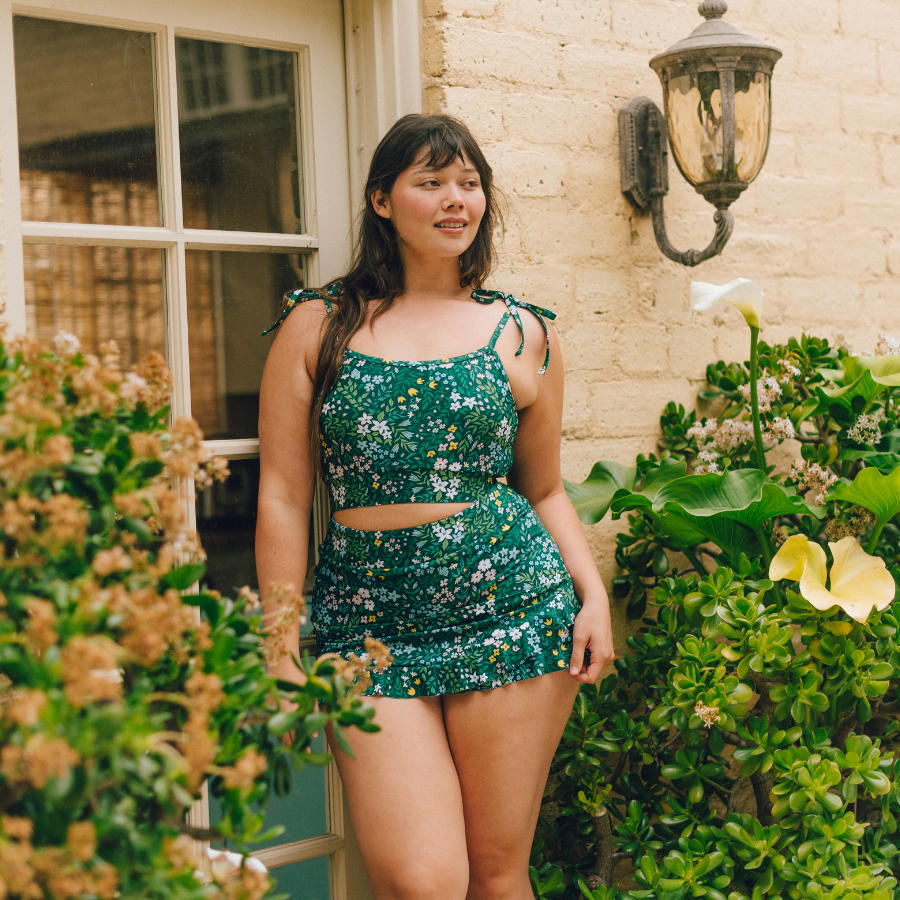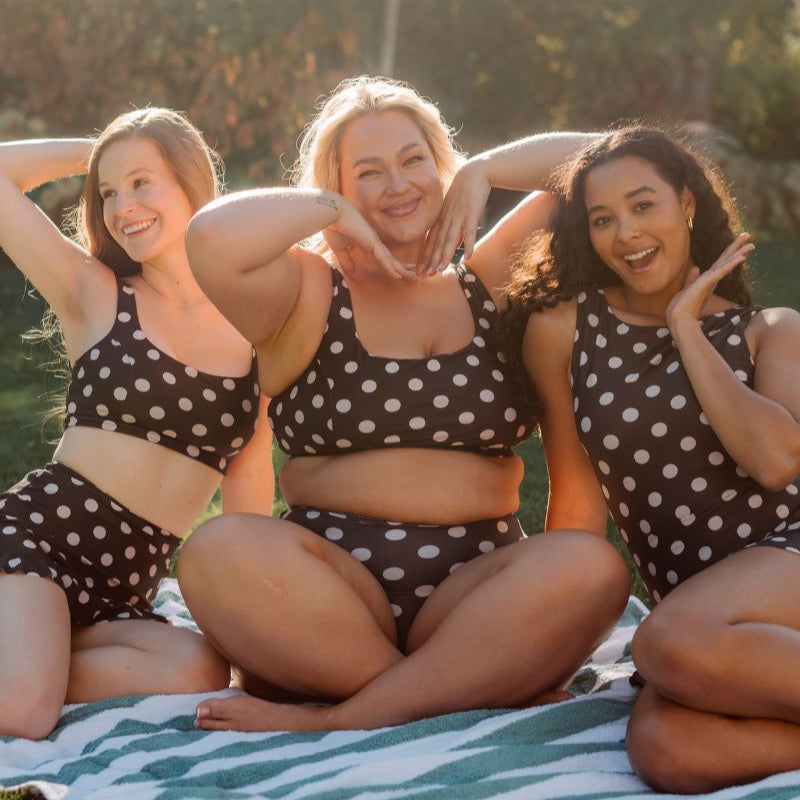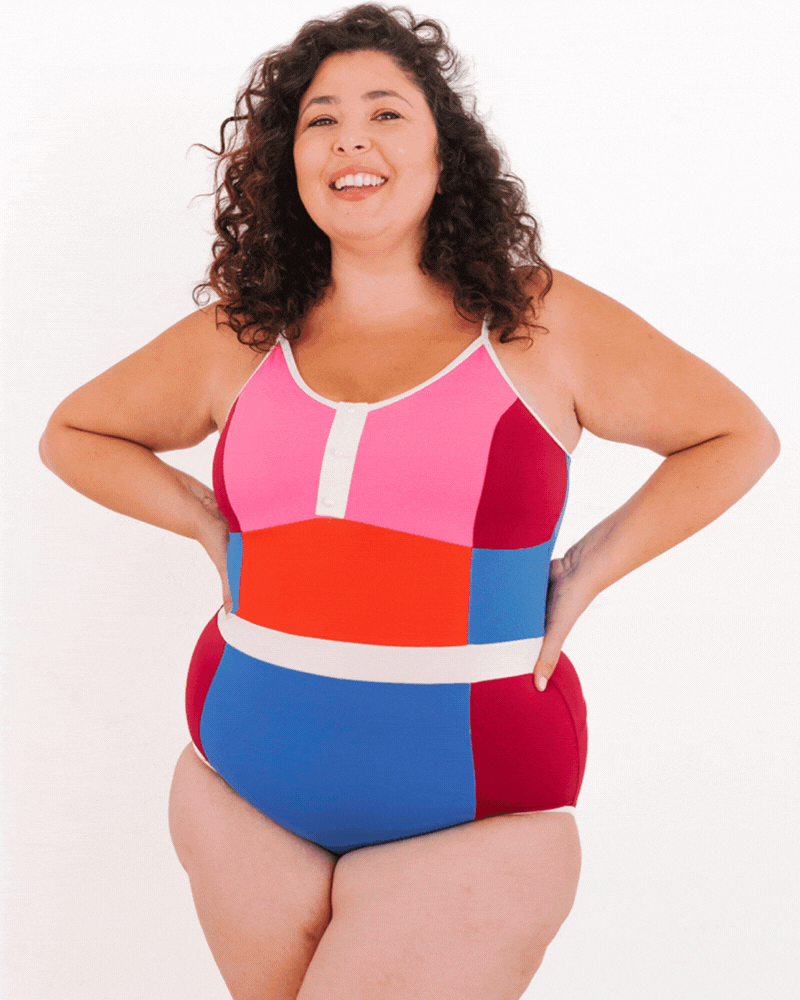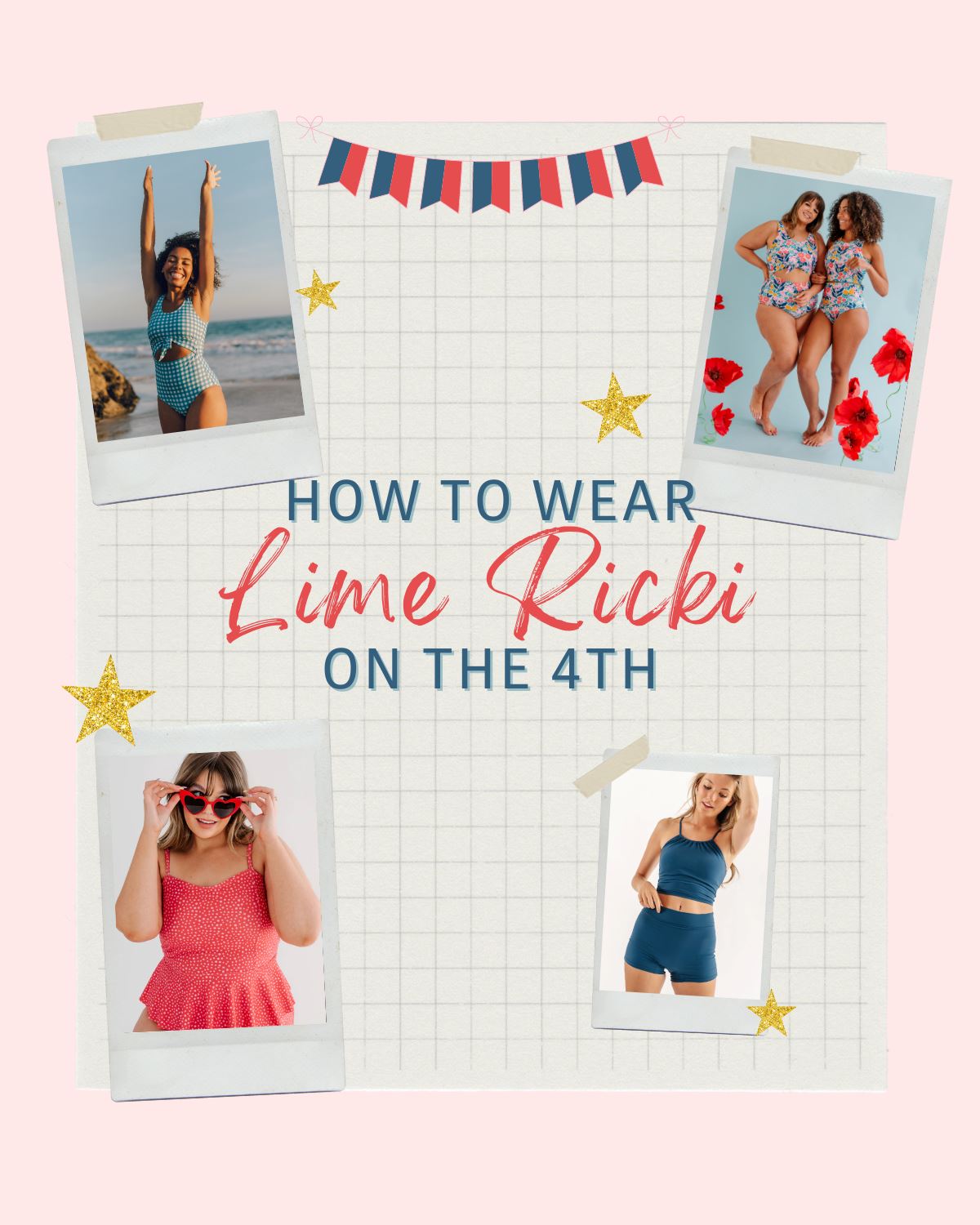How to Get The Best Golden Hour Selfies

If you’ve been active on social media the past couple of years, then you’ve probably noticed the increase in glowy, radiant selfies scattered throughout your feed. All our favorite celebrities and influencers have been taking their Instagram pages to the next level by capturing selfies during the infamous “golden hour.” Also known as “magic hour,” the last hour of sunlight casts an illuminating, soft glow, resulting in dream-like photos that can’t be replicated with just any light.
The magic hour offers the perfect lighting for taking all kinds of photos. It’s great for capturing breathtaking landscape shots, or any kind of outdoor portrait photography sessions, like family or senior year pictures. But where this special time of day really shines is in the selfie department, and we’ll tell you why!
Photographers typically refer to that soft, warm light that occurs during the last hour of daylight before the sun sets as the golden hour. It’s pretty easy to identify this time, even if you’re not a photographer. You’ll notice that the sky features a softer, more red-toned light during this hour as opposed to other times of the day. Technically, this magical lighting occurs twice a day: the hour after sunrise and the hour before sunset. But when most people talk about the golden magic hour, they’re referring to the time right before sunset.
So what’s happening in the sky to create this ethereal atmosphere? In simple terms, the golden hour happens when the sun is low in the sky. When the sun is low, it causes the sunlight to move through the Earth’s atmosphere as it makes its way to the surface. This results in a decreased intensity of direct light. While the direct light is less intense, the indirect light is actually more prominent. The indirect light kind of bounces along on the Earth’s surface since it’s been scattered by the atmosphere. To get even more technical, blue light has a shorter wavelength and is scattered more than red light, which has a longer wavelength. That’s why you’ll sometimes notice very intense blue hues in the sky right before sunset, as well as a glowing red sun. This scattering of light is what creates that dreamy look that’s associated with the magic hour.
We don’t have to get too scientific, so here’s the gist of it: this time of day features a unique scattering of light that results in softer, warmer light. The shadows aren’t as dark, and the highlights aren’t as bright! When it comes to capturing the best pictures, this makes a huge difference!
Take Your Best Selfie Yet
Now that you’re more familiar with what the magic hour actually is, we can get into the fun part: taking the selfies! The magical lighting of this hour is truly a game-changer for anyone wanting to elevate their selfie game. It seems like everyone’s taking selfies like this these days, and some of your favorite celebrities (think Hailey Bieber, Zendaya, Addison Rae, and Selena Gomez) are hopping on the trend as well, which has only made its popularity spike. Everyone raves about the benefits of taking photos during the time of day, and for good reason. The golden light is extremely flattering because it works to effortlessly hide blemishes and soften any hard lines. The warm-toned color itself is also super healthy-looking, and it makes everyone look radiant and glowy. It’s basically like a natural filter, so you don’t even have to worry about editing your pics. It’s an easy way to make your photos pop, even if you aren’t a professional photographer. Anyone can do it; you just need the sun and your phone!How To Get the Perfect Golden Hour Shot
There aren’t too many steps to follow when you’re using this technique because it’s relatively simple. But if you want the best results, we recommend following these three tips:
1. Timing Is Everything
It might seem obvious, but you’ll want to make sure you’re taking your selfie at the right time so you can get the optimal golden effect. This is super important because you won’t have a ton of time to work with if you’re trying to snag a shot at this hour. In general, you’ll want to shoot for taking your selfie sometime between 4:00 pm and 5:00 pm, or before 10:00 am if you’re wanting a super bright photo. If you’re really serious about nailing the perfect selfie, there are apps out there that will tell you exactly what time golden hour is at your specific location.
2. Natural Light Is Your Best Friend
To get the most flattering results, you’ll want to make sure you have access to plenty of natural light. If you’re taking your selfie inside, make sure to position your camera near a window. This allows the sun to illuminate your complexion and get rid of any shadows that might be working against you when you’re trying to snap your pic. If you’re outside, then you’re in an even better position to get some great shots. Beach days are great opportunities for golden hour selfies. Next time you’re by the water, grab your phone and take advantage of those gorgeous golden hues!
3. Minimal Makeup is Best
The best part about using this magical hour to take pictures is the fact that it effortlessly enhances your natural beauty. So if you’re bare-faced at the beach this summer, you don’t have to worry about scrambling to apply makeup before taking your photo. This technique will definitely give you the perfect summer glow without any additional products. If you do want to wear makeup, highlighter and lip gloss will be your best bets. The shimmering highlight and glossy lip product will only be enhanced by the golden sun, giving you a truly radiant result. So the next time you’re at the beach (and sporting your favorite Lime Ricki suit!) or just want to up your Instagram game, consider these tips for taking your best selfie yet. We think you’ll love the results!
Sources:
The Golden Hour: Why it is the Best Time of Day for Photographs by James Thomas Long Photography
How To Perfect A Glowing Golden Hour Selfie by Ira Nopuente for Cosmo
Everything You Need to Know About Golden Hour Selfies by Emily Derrick for Facetune








Leave a comment
This site is protected by hCaptcha and the hCaptcha Privacy Policy and Terms of Service apply.